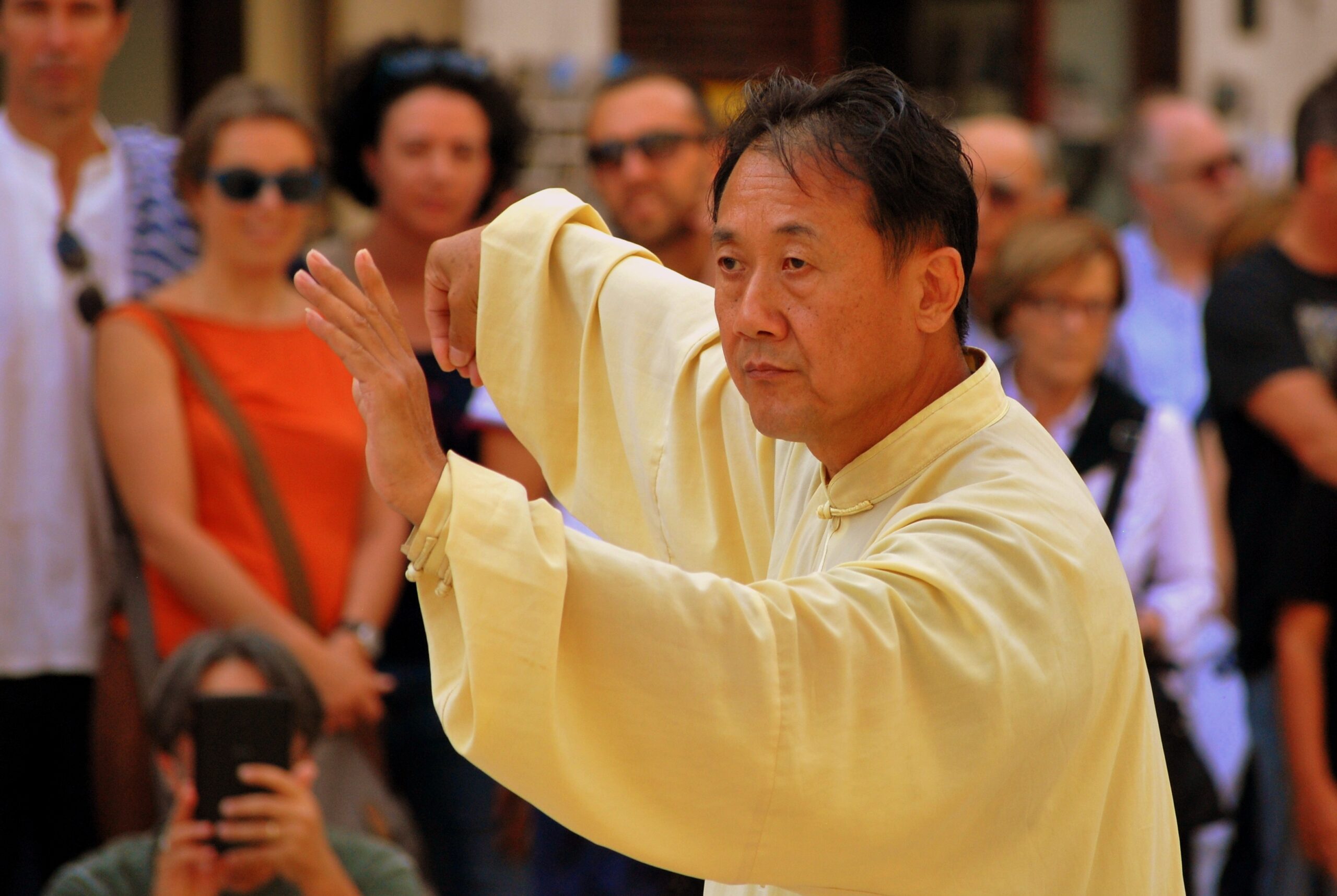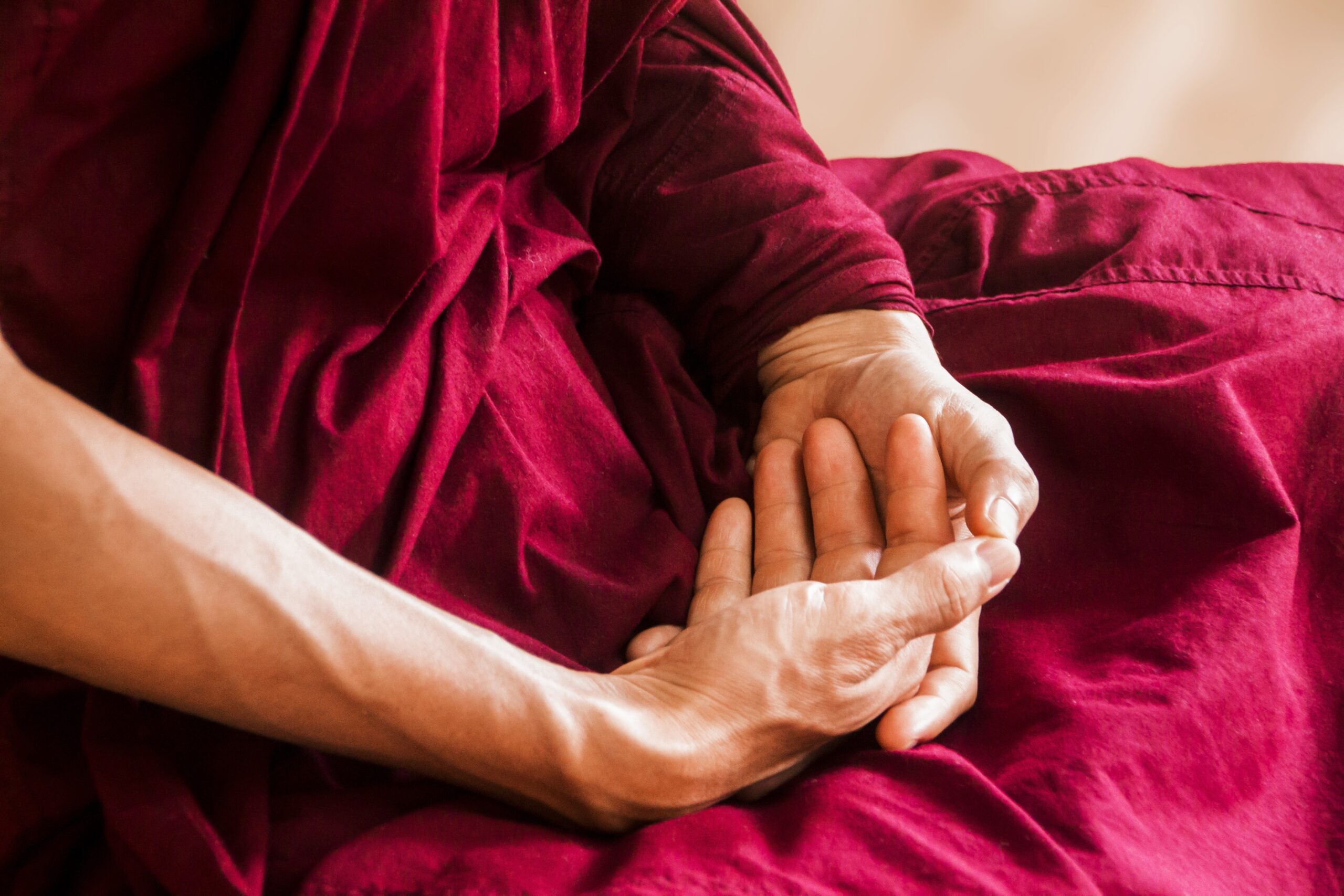Diaphragmatic Breathing & Other Methods
Diaphragmatic breathing exercises and other yogic breathing techniques are probably one of the most important aspects of qigong/chi kung training you will ever encounter.
Whether you are practicing qigong/chi kung for the purpose of health, martial arts, spiritual development, healing, or other benefits you need to learn these breathing techniques to promote blood circulation, relaxation, energy, oxygen to the brain and cultivation of vital chi energy.
Most practitioners breathe from the diaphragm, a method also known as abdominal breathing or more accurately, diaphragmatic breathing. In fact, all beginners should start with the basic abdominal breathing technique before trying any other breathing exercise.
When practicing these breathing exercises, including abdominal breathing, always pause between inhalation and exhalation, to give the chi energy time to collect itself when you are manipulating its strength or force, or to make any necessary changes in direction during circulation.
Though there are certain exceptions, generally, you should always breathe through the nose, with your tongue placed in a natural resting position against the upper teeth and palate, and your lips pressed lightly together.
The tongue is always against the palate, because it acts as a bridge for the chi energy to pass through from the top of the head down through the esophagus. (See Getting the Most Out of Qigong/Chi Kung Training).
This creates two major types of chi circulation known as xiao zhoutian or microcosmic orbit, and da zhoutian or macrocosmic orbit. There are other types of chi circulations, but they are outside of this topic of discussion.
Why are diaphragmatic breathing and other breathing techniques so important in chi kung/qigong? They not only promote health and energy by improving your oxygen intake, but also increase your strength, especially internal strength by generating large amounts of vital chi energy.
When my brother first started training in martial arts, my master made him practice at least two hours of chi kung/qigong breathing exercises every day.
Every morning, my brother would do various diaphragmatic breathing and meditation exercises that were primarily responsible for his ability to build enormous amounts of chi energy, strength and resilience.
My brother was only a young teenager when he first started learning chi kung/qigong. He was overweight and weak in health. A chronic nose bleed and severe allergies kept him weak for most of his school years.
However, several months after training in chi kung/qigong, he no longer suffered from profuse nose bleeding or severe allergies. More than two years later, his chi energy was so strong, he was able to channel it through three fingers to effectively push opponents twice his size so that they would fly a distance of thirty feet!
He was also able to concentrate his repulse chi to protect vulnerable areas of his body, such as at the base of the throat: one thrust of a chopstick at that location, and the chopstick would break without leaving any mark or injury.
All these accomplishments within a few years of training and even before he finished high school!
Besides abdominal breathing, there are also many other yogic breathing techniques, especially at the very advanced levels. One of them is known as Daliang Cun Qi Fa (“Amassing Chi”) or Stopped Breath chi kung/qigong where practitioners will literally stop breathing for prolonged periods. This type of chi kung/qigong will promote intense generation of concentrated chi in a very short period of time.
Stopped Breath chi kung/qigong involves some risks and therefore, should be practiced only by very advanced or experienced practitioners who know how to control their chi.
If you are in doubt as to your ability or level of expertise and still wish to try this method, make sure you practice under the supervision of an experienced master.
Other advanced forms of chi kung/qigong will also employ reverse, prenatal, embryonic or fetal yogic breathing, so called because fetuses practice this before they are born. This method promotes youth, longevity, as well as rapid chi development.
Another type of qigong breathing is the Huxi Liao Fa or Three Breath Qigong Therapy. This powerful qigong three-in-one breathing technique covers three different types of yogic breathing for tonifying and detoxifying the body. A logical sequel to the basic diaphragmatic breathing lesson.
While all of these exercises are meant to promote health, strength, resilience and spiritual development, keep in mind there are always some inherent risks. Before practicing diaphragmatic breathing or any other breathing exercises, please read the Disclaimer and instructions carefully.




